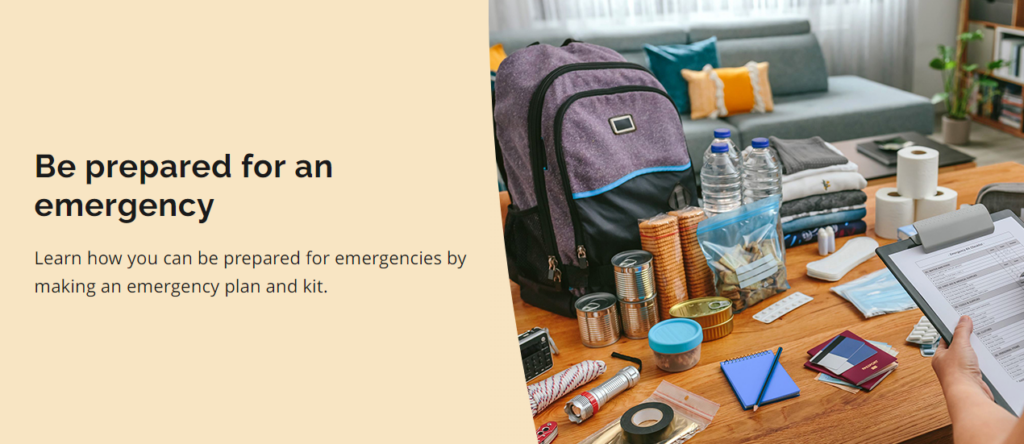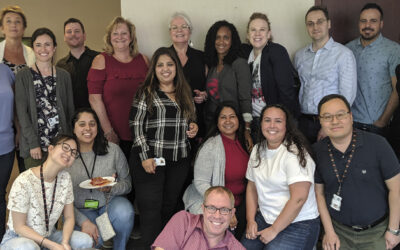(This blog is based on a very useful article produced by the Ontario government’s emergency management group.)
An emergency situation or an evacuation can be a frightening and confusing time. It is important that seniors are educated about:
- potential for emergencies
- steps to take to be prepared
- programs and services available to help get them through an emergency
- returning to their regular routine
Emergency kits for seniors
In addition to the basic emergency kit, it is essential that seniors being evacuated during emergencies take all medical or assistive equipment or devices they may need with them.
An emergency kit includes the basic items every individual should keep in an easy-to-reach place. In addition to basic emergency kits, it is essential that seniors also take their personal devices such as walkers, as well as any other equipment or devices they may need immediately.
These items may include:
- assistive devices such as canes, walkers, hearing aids, breathing apparatus, etc.
- prescription eyewear and footwear
- extra medications and vitamin supplements (including a list of allergies and all prescribed medications with required dosages)
- supply of food items appropriate to any dietary restrictions
- extra dentures (if required) and cleanser
- personal documentation and identification
- list of names and telephone numbers, such as family members, doctors, caseworkers, seniors’ group contact person, etc.

Emergency plan
Part of being prepared for an emergency involves developing an emergency plan. Plans should consider the following:
- Locating all escape routes and the location of emergency doors/exits in your home.
- For high-rise living, know the building’s evacuation plan, who conducts evacuation drills and how often, who are the floor monitors in the event of an emergency and the location of emergency buttons.
- Ensure seniors are wearing any MedicAlert identification (if applicable).
Dos and don’ts when assisting seniors
- Check on neighbours to find out if they need help during an emergency or evacuation.
- Allow the person to describe what help they need and how it can be provided to them. Be patient, listen actively. If the person appears anxious or agitated, speak calmly and provide assurance.
- If evacuation is necessary, offer a ride to those who do not have access to a vehicle. If time permits, offer to carry the person’s emergency kit to your car, along with any equipment or assistive devices they will need. Follow instructions posted on their equipment and/or assistive devices during an emergency.
- Refrain from shouting or speaking unnaturally slowly.
- Avoid being dismissive of the person’s concerns or requests.

Seniors in high-rise buildings
High-rise buildings present unique challenges when evacuating. Residents should make themselves aware of the following:
- Location of emergency buttons. Many seniors’ buildings have emergency buttons, strategically located in bedrooms and washrooms, which have a direct link to 911 or the building’s superintendent.
- The building superintendent’s phone number.
- The members of the Building Safety Committee.
- The names and phone numbers of on-site doctors, social workers and the hours they keep (if applicable). These people will likely be on call at various times throughout the week and will usually have an office in the building.
Seniors in high rises should create a buddy system with neighbours and regularly practice an emergency response plan together.
If seniors have any life sustaining equipment/apparatus, they will need an emergency backup plan that will ensure the equipment is operable in the event of a power outage.







